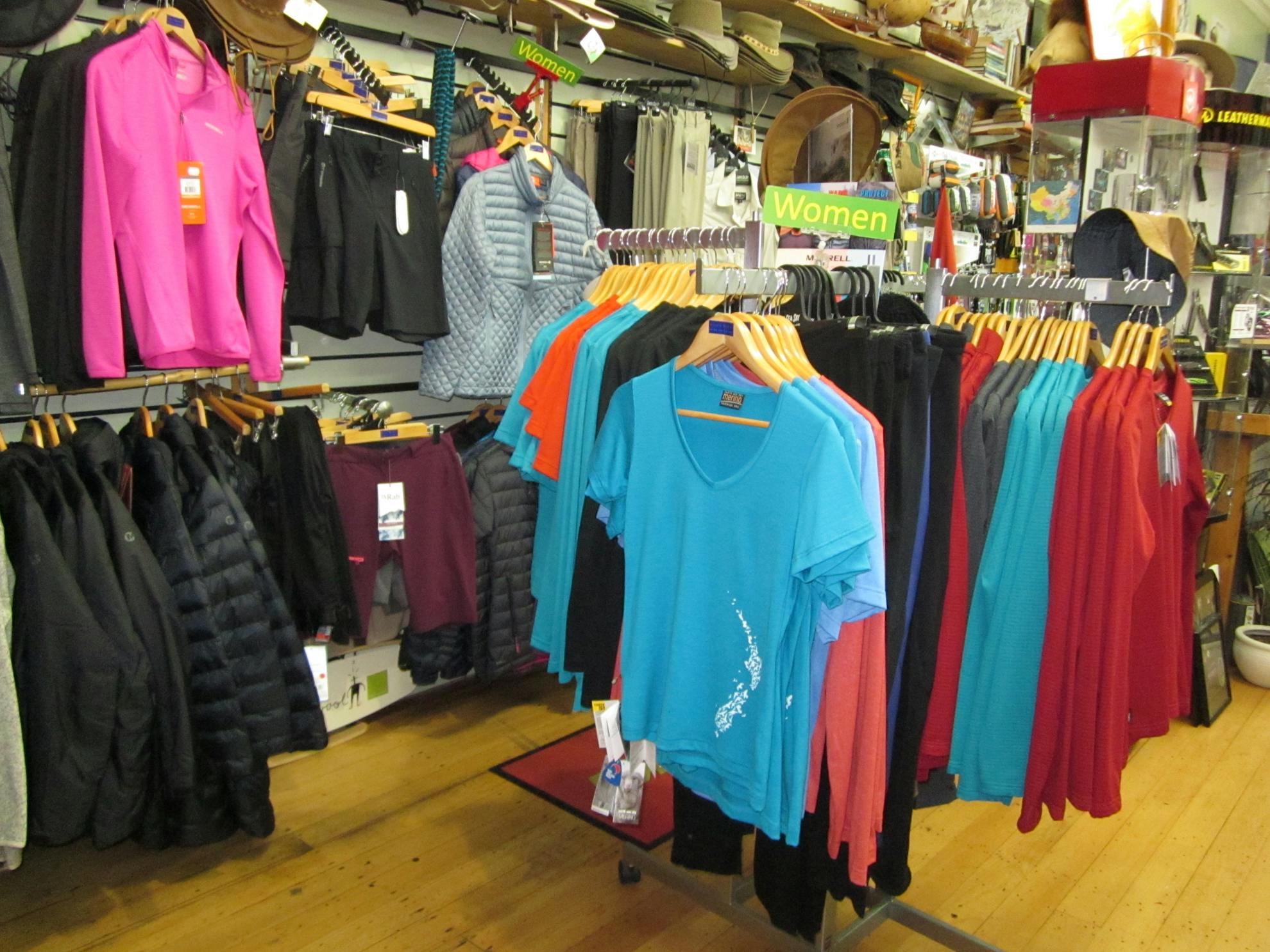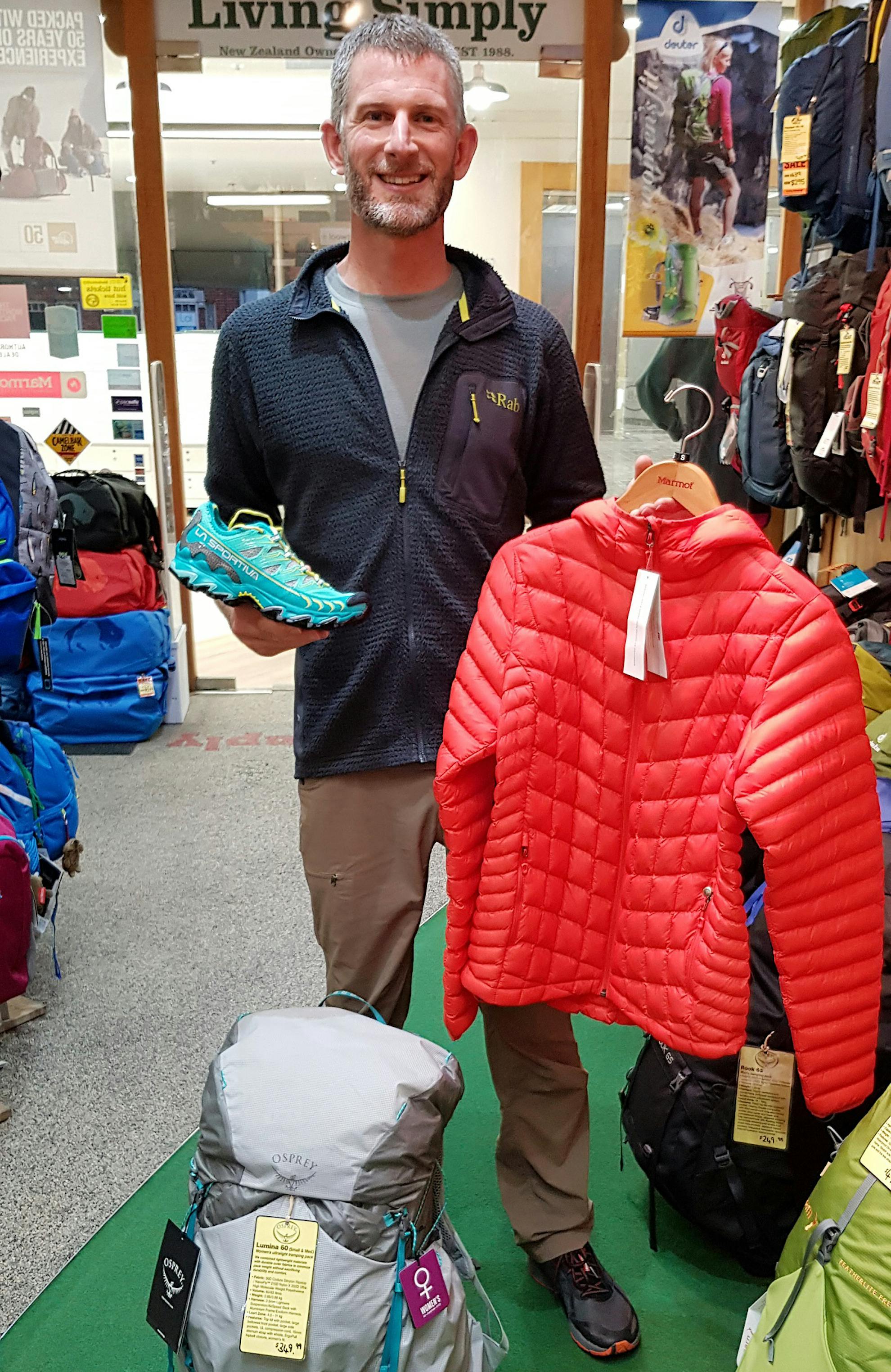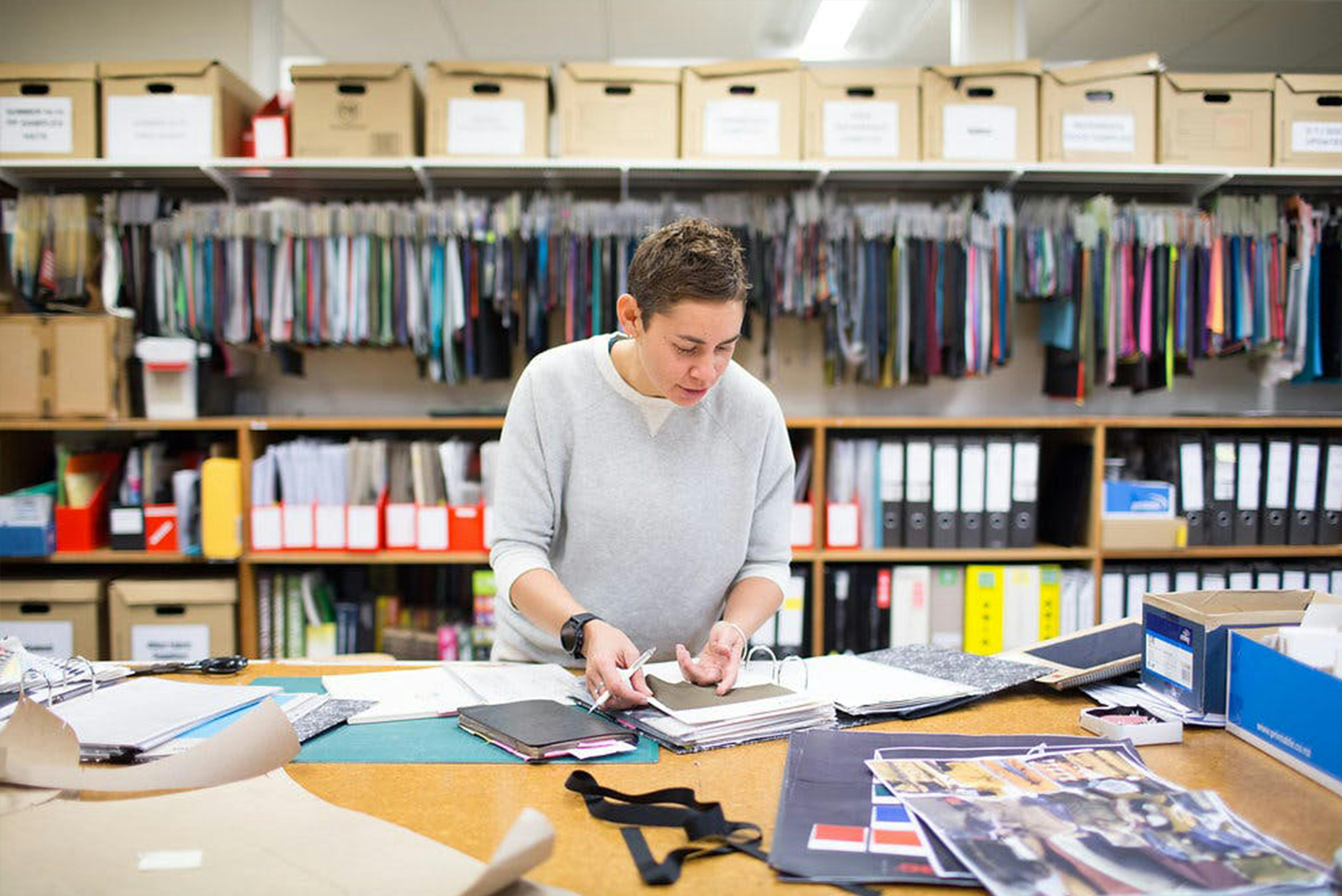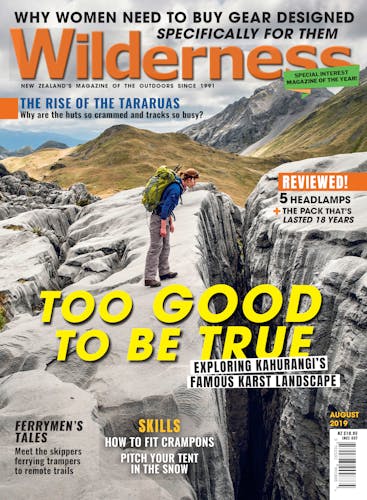Yes, women need to buy gear designed specifically for them. Jenny Ling explains why
In the 1970s, women wanting to experience the great outdoors had two options when it came to clothing and gear; get it altered to fit, or put up with discomfort.
Thankfully, much has changed over the last several decades.
New Zealand women are now properly catered for in the outdoor gear department both in retail stores and online.
I should know; past shopping expeditions at Kathmandu, Macpac and Bivouac have left me with a drawer full of once sleek and now slightly battered trekking gear including women’s trekking pants, fleeces and thermals.
My pride and joy is a beautiful tree-frog green raincoat which has stood me in good stead for nearly 10 years.
The only time I opted for men’s outdoor clothing was because, at that particular time, they had way better colours of fleece jackets. Who wouldn’t choose earthy reds and greens over the garish pastels, pinks and aqua colours on the women’s rack?
These days, however, the focus on women’s gear has been taken even further, extending well beyond clothing.
Manufacturers now cater to women with gender-specific sleeping bags, trekking poles, backpacks and boots.
Veteran outdoor retailer Colin Hancock says much has changed since he started in the outdoor industry in 1979.
Back then, Hancock, owner of Hamilton’s Trek ‘n’ Travel store, was a sales representative travelling the country for Macpac.
“Clothing then was pretty basic; Swandris, heavy parkers, heavy tramping boots,” he says.
“There were only a few ex-army and hunting and fishing stores that would sell the odd trekking item.
“Women had to put up with heavy men’s packs with metal frames, and clothing was either ex-army or men’s designs.
“They had to either take it and get it altered or put up with it.”

Realising that women required something different, Hancock hit the road, holding talks at tramping and alpine clubs to get direct feedback.
It was around the early 80s when Macpac got a female designer on board and launched a women’s range of clothing.
Though the fabric was the same as the men’s designs, the cut and style were altered to fit women’s bodies, particularly in hip, head and chest areas, Hancock says.
As a result, an increasing number of women began getting involved in outdoor activities, which put more pressure on other manufacturers to follow suit.
“Before, women would go out with their boyfriend or husband with these old packs that were uncomfortable,” Hancock says. “With sleeping bags, women complained about cold feet and not enough padding in the hip area, so we put more down into those areas and made the shoulder a bit bigger so women would be more comfortable.
“When these came out and women tried the bag or put the pack or jacket on, they felt it was a better fit and made life easier.
“As things got lighter and nicer, then more women started tramping.”
After his stint in sales, Hancock opened Trek ‘n’ Travel in 1997.
He now stocks a whole range of women’s gear including socks, gloves, hats, thermal underwear and travel clothing, along with lighter hiking poles.
Backpacks and boots are two other items that have been designed specially to fit the female form.

Macpac apparel designer Jos Button says the biggest challenge Macpac has when designing women’s packs is “boobs”.
“When you’re connecting shoulder straps with a sternum strap on a pack, the last thing you want is to feel squished,” she says. “We’ve also had to consider the placement of pockets on apparel.
“Women’s body shapes are so varied that it’s a challenge to design something that’s going to work for everyone.”
Button says Macpac has seen an increased demand for gear that fits a more petite body shape – both in equipment and apparel – in the last few years.
“The bar has risen for women’s outdoor gear. We used to have to make do with unisex gear, or women’s gear that looked rubbish. Now, there’s a massive range for women to choose from, so every brand has to do better.
“The outdoors is for everyone – every body type and gender – so the more we can do as product designers to make women feel comfortable getting outside, the better.”
Ben Sinclair is the managing director of Living Simply, a family-owned outdoor clothing and equipment store that’s been trading in Newmarket, Auckland since 1988.
The store is now equally split with men’s and women’s ranges.
Sinclair says women definitely need to buy gender-specific gear, particularly with backpacks.
Women’s backpacks are designed with hip belts shaped to mould and suit women’s bodies.
“Women have a completely different torso to men,” he says. “Generally, they’re narrower in the shoulders and have a different hip shape. If you want a well-fitted backpack you need to be gender-specific.”
It’s also important for women to wear appropriate footwear as their feet are shaped differently to men’s and are generally narrower in the heel and instep.
Overall, Sinclair says, the retail market has improved dramatically for women.
“Everything has got sleeker and lighter and nicer,” he says. “There are options for women in every category now – for good reason.”







